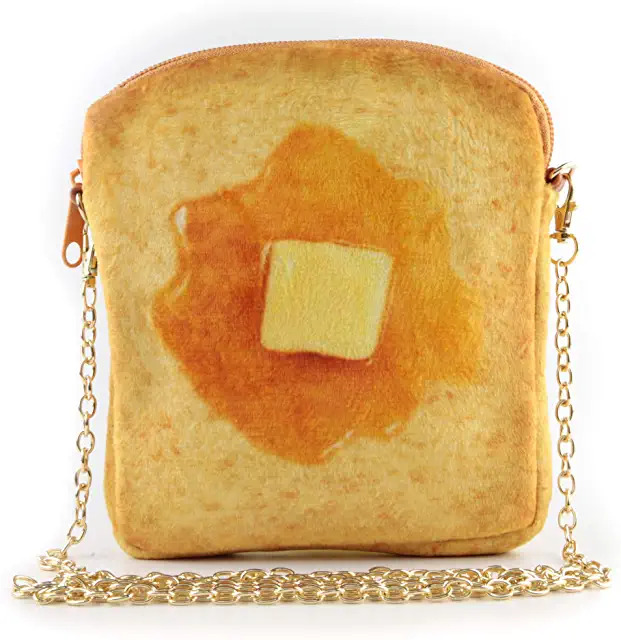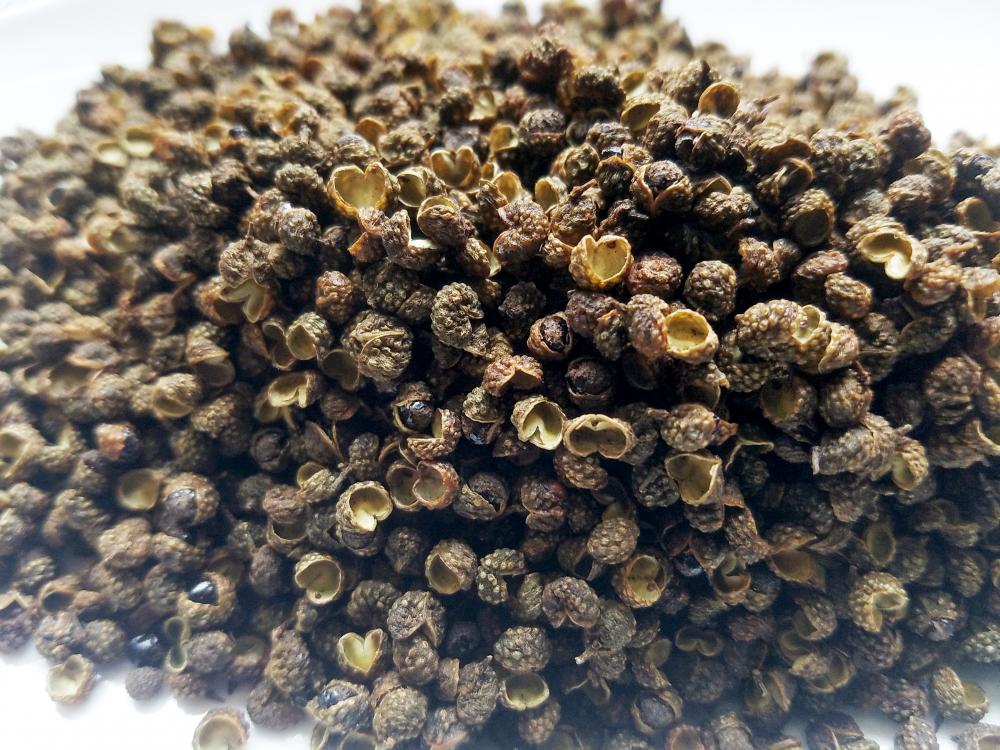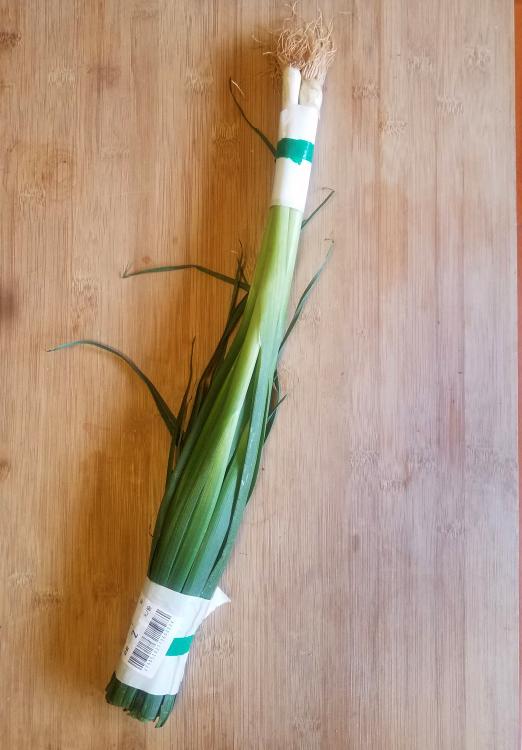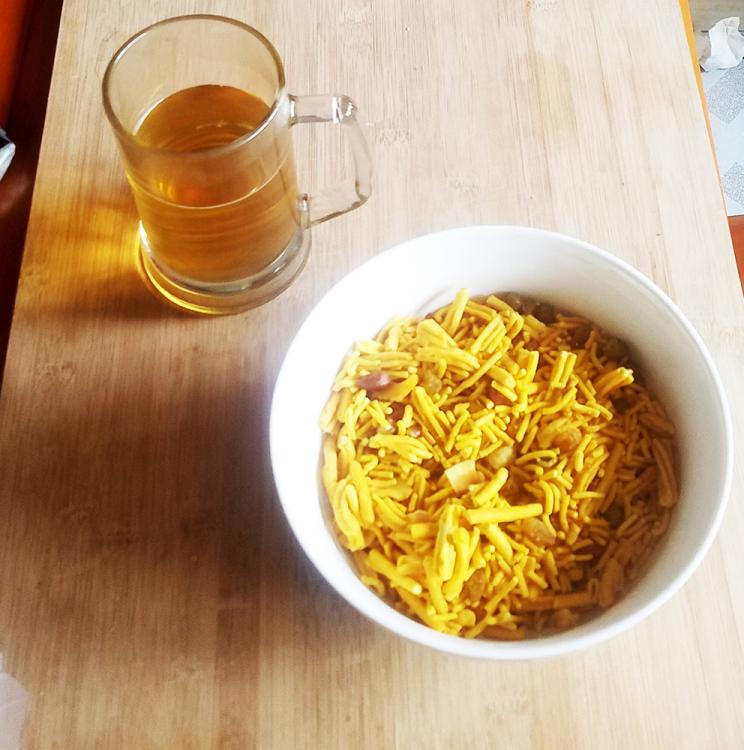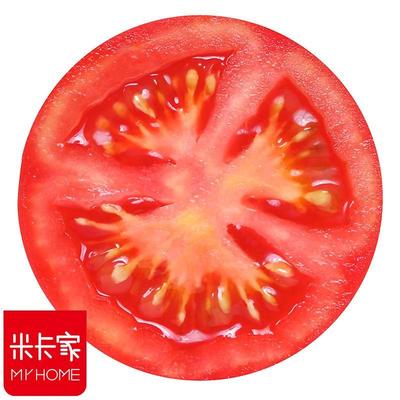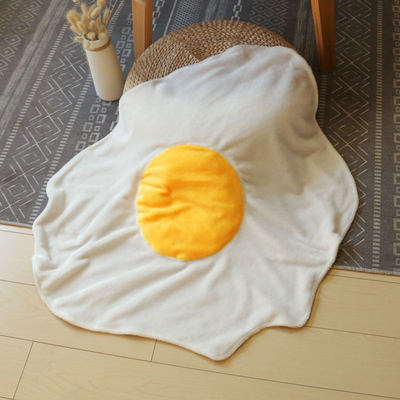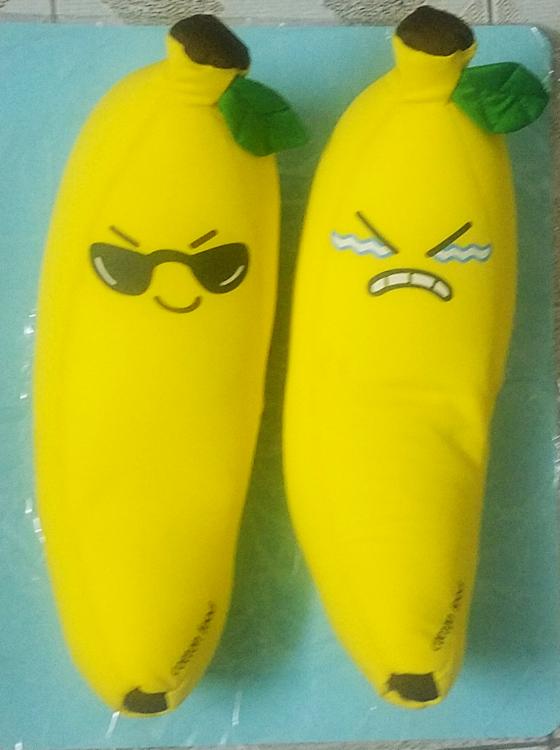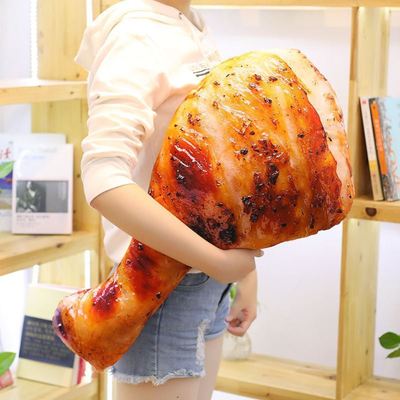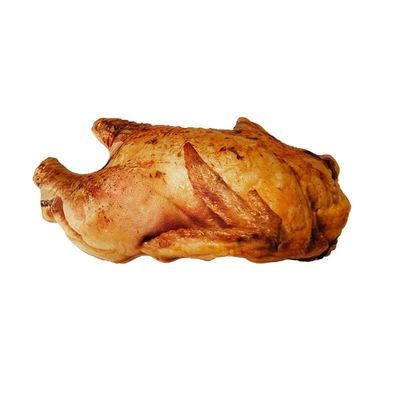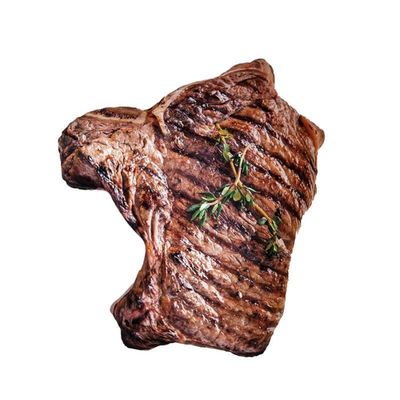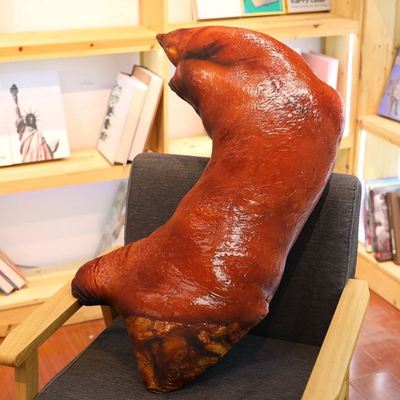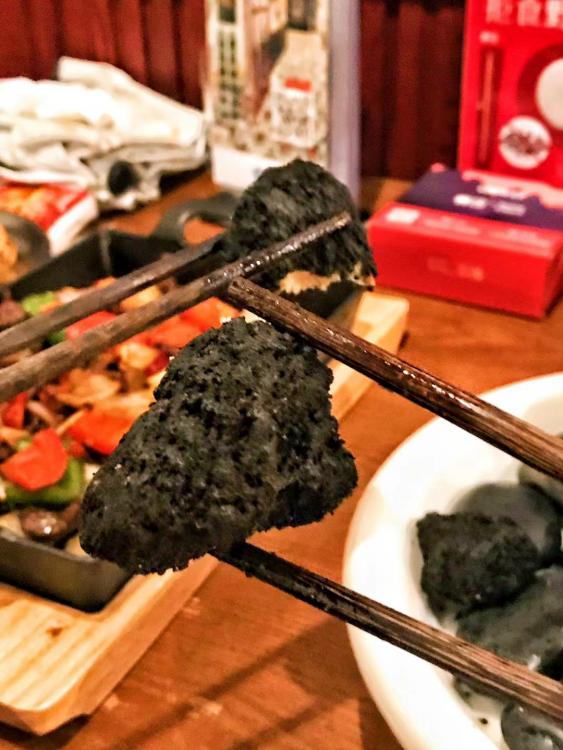-
Posts
16,726 -
Joined
-
Last visited
Content Type
Profiles
Forums
Store
Help Articles
Everything posted by liuzhou
-
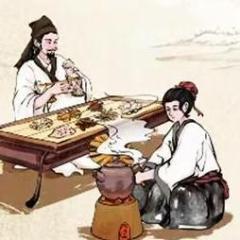
My Mother's Recipes (and one from my father)
liuzhou replied to a topic in Food Traditions & Culture
Like so many of his generation (born 1930), my father probably didn’t know we had a kitchen until late in life. Food just appeared magically through some secret sorcery only known to women. He ate what was put in front of him, never praising or criticising. It was what it was. After he retired, he went exploring the house and discovered the kitchen. Then he discombobulated everyone by deciding that he would take over the role of making Sunday breakfast. Usually, this was just for my mother, but if any of the family were visiting, them too. Breakfast consisted of bacon rolls. Grilled / broiled unsmoked Ayrshire bacon in buttered Scottish bread rolls. Well, I say ‘buttered’. Actually he used one of those light margarine spreads. Butter was never a feature of our diet. I think I was 18 before I tasted real butter. I never looked back. Here is a link to a photograph of the bread rolls. Over the next few years he learned that we all had our preferences as to how we liked our bacon rolls. The degree of doneness; how much bacon per roll etc. I preferred crisp bacon and to forego the ‘butter’ and rely on the bacon fat to provide lubrication. With 5 children and their spouses; 14 grand-children and, in some cases, their spouses; and who knows how many great-grand-children, it was quite an achievement to memorise all these individual quirks, but he somehow managed. He became ill in around 2005 and slowly deteriorated before dying in 2008. Since then no one has cooked or eaten a bacon roll in my parent’s house, so when I returned in 2019 for my mother’s 90th birthday, I ate no bacon at all. But we al have fond memories of Dad’s bacon rolls! If you find yourself in Scotland this place in Edinburgh is strongly recommended. I've never been myself, but friends whose judgement I trust have praised their bacon rolls highly. -
When my mother recently passed away, because we are a scattered family, one of my younger brothers had the great idea of setting up a private Facebook page for the immediate family to talk in – mainly about funeral arrangements but also just in general. One topic, which I inadvertently started, was about her cooking. It’s fair to say, and she would agree, that cooking was not her forte. She was able to feed us but it was never exciting. That’s me being respectful. So we were joking amongst ourselves about that when the subject of her two most ‘original’ recipes came up and we each tried to remember exactly what was in them. Here, to the best of our ability, is what we agreed on. Pasta Mish-Mash Ingredients: Pasta. This had to be Marshall’s macaroni, a Scottish speciality and the only pasta I ever ate until I was about 18 years-old, apart from tinned spaghetti, usually in the form of spaghetti hoops. Bacon. This would normally be unsmoked Ayrshire back bacon. Not American bacon! Onions. White onions. We didn’t know they came in other colours. Tomatoes. Scottish tomatoes are surprisingly good. Salt. Common iodised table salt. You know. Natural salt. None of your fancy sea flavoured salt nonsense! Pepper. Black pre-ground and stale. Method: Boil pasta according to pack instructions. Or a bit longer if you get distracted. Drain. Cut bacon into pieces. Chop onion approximately finely. Chop tomatoes into eighths. Fry bacon and vegetables. When ready add drained pasta and mix. Apply seasoning if you remember. Even if you remember, under season. Serve. Polish Salad During WWII, around 17,000 Polish soldiers were stationed in Scotland, first temporarily in the border areas but later in east Scotland where my mother lived. (Her elder sister married one of them). Family lore has it (from my mother) that she learned this recipe from one or more of those soldiers. I’m fairly certain that there was little if anything Polish about it, but suppose its possible it was those soldiers’ attempt to recreate something from home without really knowing the recipe and having to use whatever they could find in the way of ingredients. If anyone here is Polish, of Polish descent or just knows more about Polish food than I do knows of any Polish dish that this could even vaguely resemble, I’d love to know. It was memorably distinctive - bright purple. I'm sure it glowed in the dark. Ingredients: Tomatoes Onions Apples Hard boiled eggs Pickled beetroot (store bought and pickled in malt vinegar) Heinz Tomato Ketchup Brown Sauce, preferably HP Sauce. Method: Chop all the ingredients except the ketchup and brown sauce into small pieces and mix together. Mix ketchup and brown sauce in a 50:50 ratio, and fold into the other ingredients. If too dry, add a little of the beetroot pickling liquid. Serve Father's 'recipe' coming up next.
-
No.
-
@Kim Shook I just checked out Taobao, China's largest online shopping site (bigger than Amazon worldwide) and they have the same cakes you linked to. They say they have sold around 12,000 cakes. Not a lot in a country with a population of 1.4 billion!
-
I'd need to think about which variety is used in which dishes. The last time I remember having green ones in a restaurant was about a month ago and we were eating frog. The peppercorns were fresh, still on the stalk and utterly wonderful. Frog does often appear in the seafood section of menus for some reason. The restaurant I was in only does frog There is no menu. Only one dish - frog. I've certainly had seafood with red ones though, but remember Sichuan is landlocked, so seafood is not a traditional or big part of their cuisine.
-
Never heard of them, sorry. But then I'm not a cake person and I'm 1,171 miles / 1,885 kilometers from Beijing by air. They may be popular there. I'll ask around.
-
Oatly is largely owned by a Chinese company controlled by the Chinese government. https://supchina.com/2021/05/14/the-chinese-state-enterprise-behind-oatly/
-
The fresh beetroot I ordered online has just arrived. Wow! These are big beets! The one at the top centre weighs 540 grams. That's 1 lb 3 oz!
-
Of course, if you are not feeling sleepy, you could go out on the town (lockdowns permitiing) with one of these. I'm fond of a bow tie on formal occasions.
-
His ingredients do seem a bit odd. I've never seen pickled ginger being used in mapo doufu. He also uses pickled chillies. Pickled chillies are used a lot in Sichuan, but again, I've never seen them in mapo doufu. The lack of garlic is bewildering. Perhaps he just forgot! The green peppercorns are indeed a variety of Sichuan peppercorn. The ones you are probably used to are the red variety. I have both, but I suspect the green ones are rarer outside China. Green Sichuan Peppercorns As to what the subtitles call the 'garlic sprout', the Chinese says 葱苗 (cōng miáo), which is literally 'onion sprout' and is the term used in Sichuan. I'm 99% sure that is what is known round here as 大葱 (dà cōng) meaning Chinese green onion or spring onion, a type of scallion See Allium Fistulosum. 大葱 That said, Chinese terms for scallion and leek type things are a notorious minefield. What means one thing in one part of the country often means the opposite in another. There is an old, confused and confusing eG discussion here on scallions, leeks etc. By the way, contributor @fiore is Fuchsia Dunlop.
-
It's rare to find anything Indian here. China and India don't get on. So I was delighted to find this online. My favourite beer food! The brand name Gits may raise some eyebrows in the UK at least. 'Git' or 'get' is slang for a fool, an idiot. You may know it from the Beatles' song "I'm So Tired", written by John Lennon. He uses the 'get' pronounciation, as used in Liverpool.
-
Yes, spirit vinegar is what is known in Canada as white vinegar and distilled vinegar in the US It goes a lot higher than 7% acetic acid, though. Here is an example at 24%! Malt vinegar is the tradtional accompaniment to fish and chips in the UK, but not to my liking. I'm strange - I don't like any vinegar on my fish and chips. Lemon juice, please. I really enjoy Chinese rice vinegars. White, red and black all have their different uses. I just think the vinegar used in those beet slices is way too mild for my taste. Others may well disagree.
-
Stuffings for meats or vegetables. Recook to turn into congee / jook. Omurice. Cold in salads.
-
-
Yes. I only showed a small sample of the pictures I've seen. Sushi, tortillas and more. I do have some banana cushions which could be pillows, too. in fact they live on my bed.
-
Manufacture date is given as 15th November 2019; best before date is given as 15th November 2023. So precise. I'm surprised they don't list what time on the 15th Nov, 2023. And which time zone are these dates based on? Presumably Bavarian Standard Time. I think the lack of vinegar flavour may just be because I'm used to more robust flavours and I think most British pickled beets use malt vinegar rather than the spirit vinegar used here. Spirit vinegar is noted for its range of strength. Anyway, I live and learn. Won't buy these again and, in the meantime, I've checked the tracking on my delivery of fresh beets and they should be here tomorrow or next day. They are coming from the opposite side of China.
-
No.
-
I finally ate some of the beetroot from that jar. Not impressed. No discernable pickle (vinegar) flavour and little beetroot flavour. All I got was sweetness.
-
I'm amused how few of them are of Chinese food. Most of them are listed as being of Japanese origin. No surprise there!
-
Autotimer? Actually, I took the photo normally. Friends are holding the chopsticks.
-
The original meaning of harrico or haricot was: The name for the beans came later. Haricot beans were the beans commonly used in harricots of mutton.
-
There is a bit of fad here for these. All pillows. Which do you fancy? Images from ads on China's largest online shopping portal. Actually, it's the world's largest.
-
Technically, I wasn't e-Gulletting when snacking on this, but I was thinking of you! Anyone care to take a guess what it is? Two hints. a) It isn't specifically Chinese. b) It isn't coal! I've not changed gender and developed pregnancy cravings!


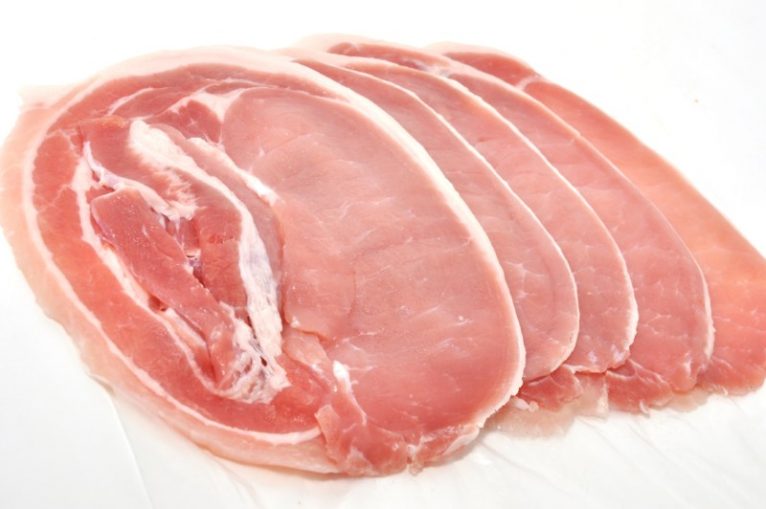



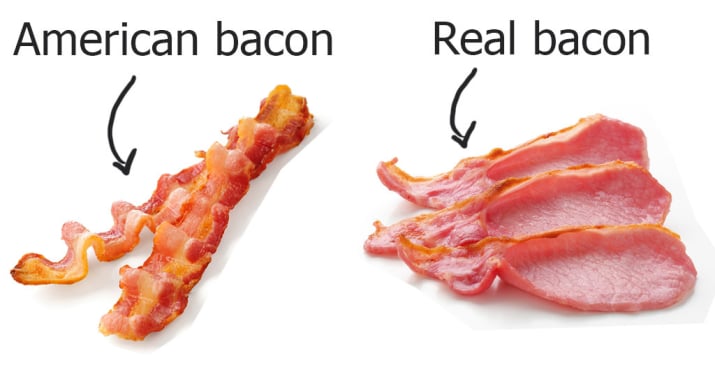
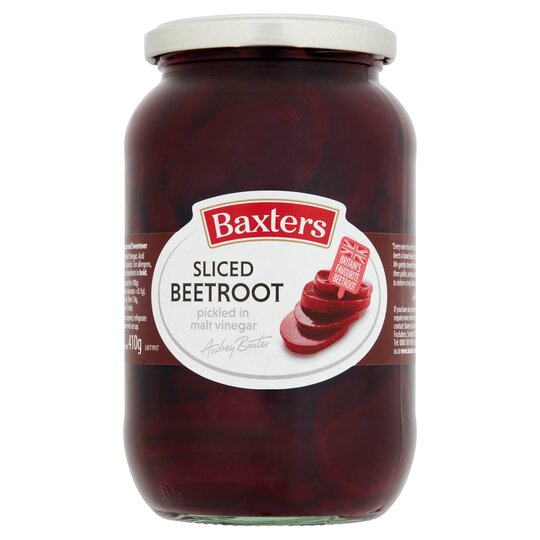

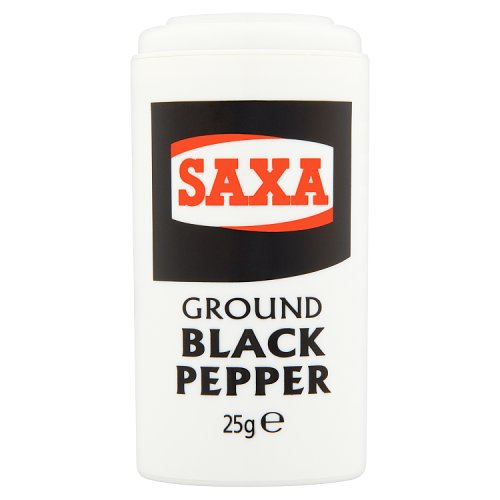
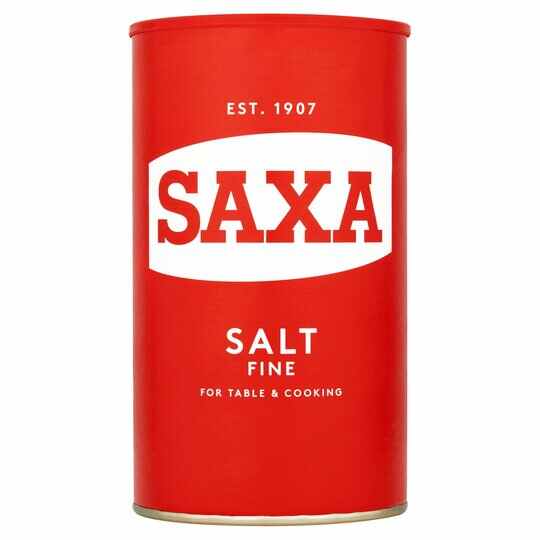

.thumb.jpg.a8c83ec2a55afd4f34c30211f535f5cc.jpg)



